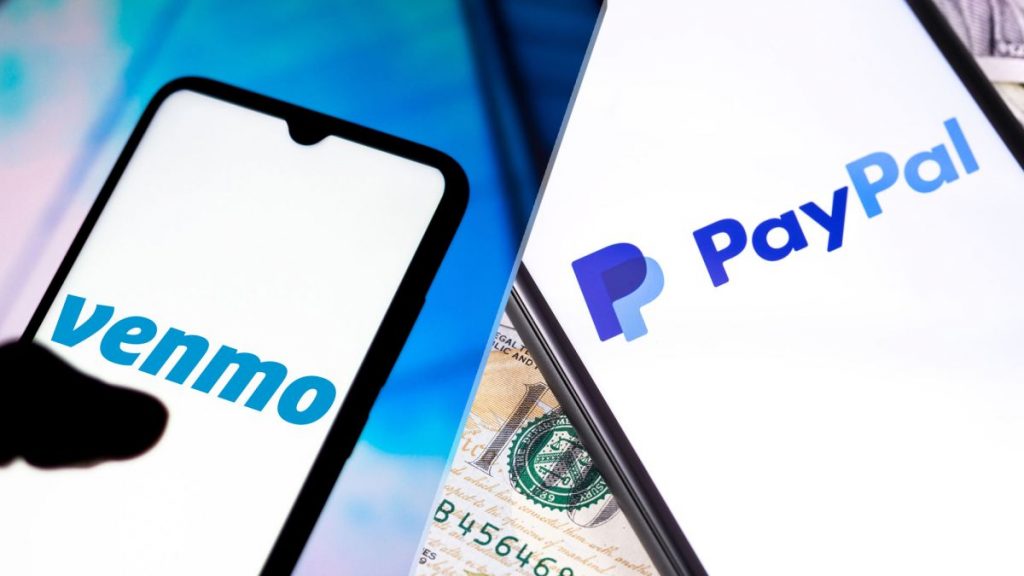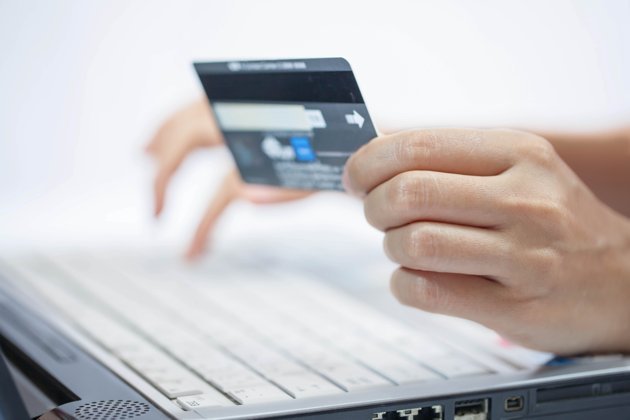Venmo vs. Paypal: Basics of two main payment apps
If you aren’t familiar with Venmo and Paypal, they are both secure payment systems for purchasing things online and/or transferring money electronically. Which one should you use? It depends…
.
Let’s start with PayPal. PayPal is very well-known because it is popular and it has been around for many years. PayPal was created by eBay as a way to manage payments between users. When you create an account with PayPal, you attach a form of payment, such as a credit card, to your account to make and receive payments. Once you set up your account, you will never have to enter or give your credit card number out when making or receiving payments. You just sign in with your PayPal account to handle the transaction securely. Getting back to why eBay created PayPal, they were having issues with customers disputing items, requesting returns, etc. and it got messy trying to make sure items were received, payments were made, and returns were handled correctly. With PayPal, the buyer “pays” but the money does not go to the seller’s PayPal account until the item is received. If there are any disputes or returns that need to be processed, it goes through eBay and PayPal so money can be transferred back easily. In fact, the seller does not get their money FROM eBay for at least a week to make sure there are no issues.
PayPal is accepted world-wide and it gives you an extra layer of protection against fraud as well as assistance handling returns or unsatisfactory transactions. There is a 2.9% fee plus a small fixed charge (about $ .30) for every transaction, so it can get expensive to use PayPal for every purchase you make online. PayPal is great for transactions with individuals or businesses you may not know or trust completely.
To learn more, or to sign up with PayPal, visit https://www.paypal.com/
.
That’s where Venmo is a little different. Venmo is a new method of handling transactions electronically. Where PayPal can be used via an app or website, Venmo is app-based only. Venmo is also secure and works when making or receiving payments. It, too, has a 3% fee when you use a credit card with your Venmo account, but — and this is where it differs from PayPal — Venmo lets you tie your checking or savings account to your Venmo account — and those transactions are free! You might say, but I don’t want to link my checking or savings account to an app I’ll use online. That’s okay. Venmo is not really designed for regular transactions through eBay, Facebook Marketplace, and Amazon. Venmo is really designed for transferring funds between people you know.
Let’s say you and some friends are going in on a wedding gift or you’re out to dinner together. One person can pay the full bill and the others can quickly “Venmo” them the portion they owe without any fees! Or let’s say you are thrift shopping and you see a really neat item, but you don’t have enough cash with you. Your friend can give you the cash and you can “Venmo” it back to them on the spot. No “IOU’s”, no mailing checks, no “I’ll get the next one.” Just transfer from one Venmo account to the other Venmo account!
By the way, eBay and PayPal won’t mind if you use Venmo for your transactions…. because PayPal owns Venmo. So rather than a competitor, it’s just a service that picks up where PayPal leaves off. Learn more at Vennmo.com
.
You can also use payment apps from Apple (Apple Pay) and Google (Google Pay) if you have an Apple or Android phone as they will integrate with your existing account. There are a number of other apps like Zelle, Cash Pay, and others if you want other choices.
.
The third main option for electronic transactions is a good ol’ credit card, which comes in on the opposite side of PayPal from Venmo. Venmo is for transferring funds among people you know. PayPal is for transferring funds among businesses and people you don’t know and don’t really trust. Credit Cards are still great for transferring funds among businesses you trust — like major retailers, utilities, established ticket and reservation systems, etc. By using your credit card, you will avoid the additional fees charged by middle-man services like PayPal and Venmo. And that’s okay because you only use your credit card in cases where you don’t need the extra layer of anonymity or security. Your credit card already comes with fraud protection and other protection features in case something bad happens.
..
A fourth option is to purchase a gift card for the merchant you wish to purchase from and use that card for your online payment. It acts like a credit card, but it is not tied to any checking or savings account, or a line of credit you could be responsible for. The only outlay is the amount on the card, which you can pay for in cash if you like. You can buy generic cards like prepaid Visa Debit cards or merchant-specific such as Amazon, TJ Maxx, Target, Hulu, Apple, and hundreds of others. You may not be able to transfer money easily between acquaintances, but maybe you could just give them a card with the appropriate funds already on it instead of cash.
.
Our society seems to be using less cash and more apps for transferring money. If this is unfamiliar, or even scary, to you, that’s okay. But it might help to start looking into your options to see which ones offer the features, security, and ease-of-use that you are comfortable with. You can find a lot of helpful articles online by searching “money transfer apps for beginners” or “payment apps 101.” You could also search in YouTube for videos showing how to download, set up and use these apps.



